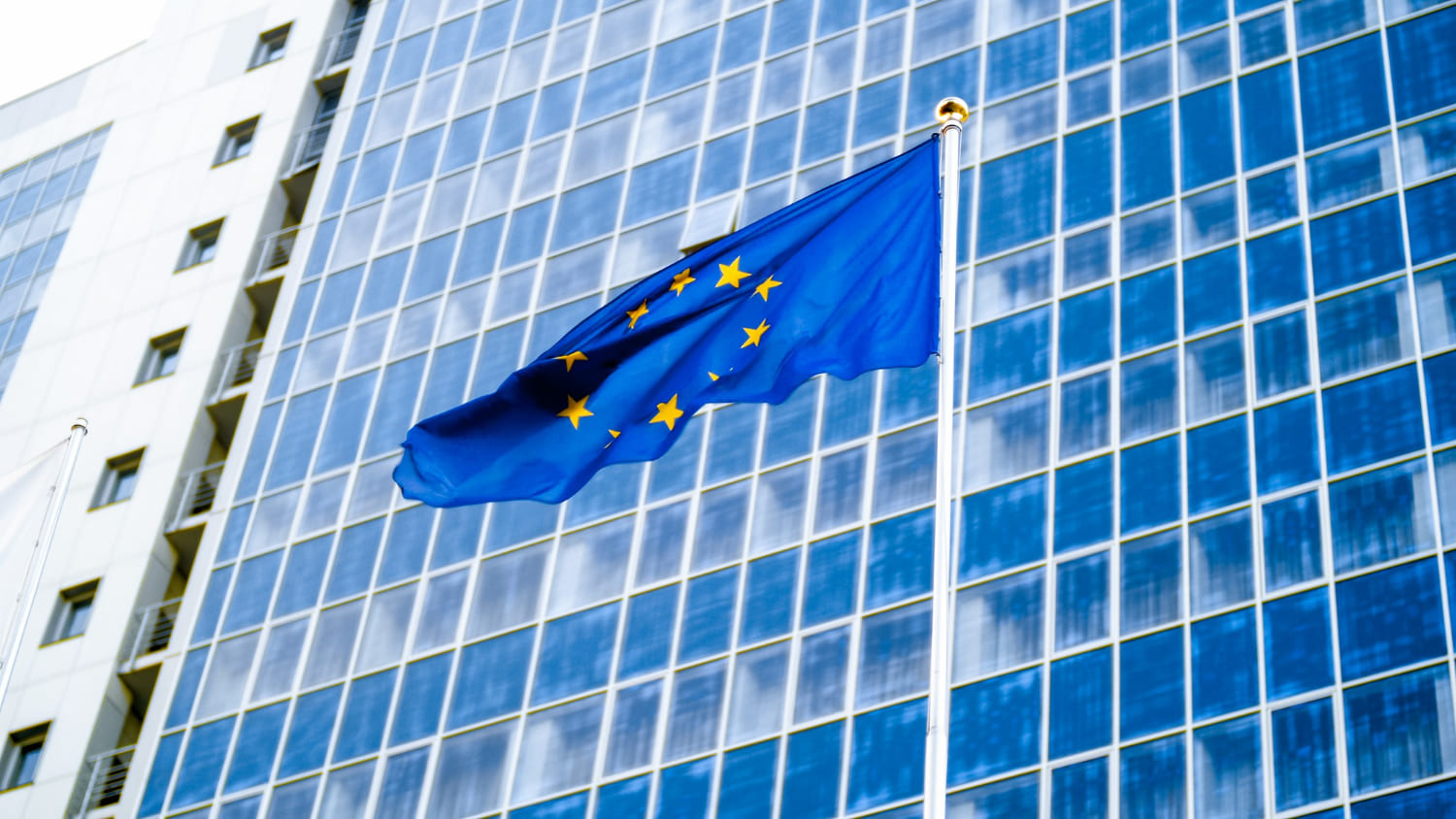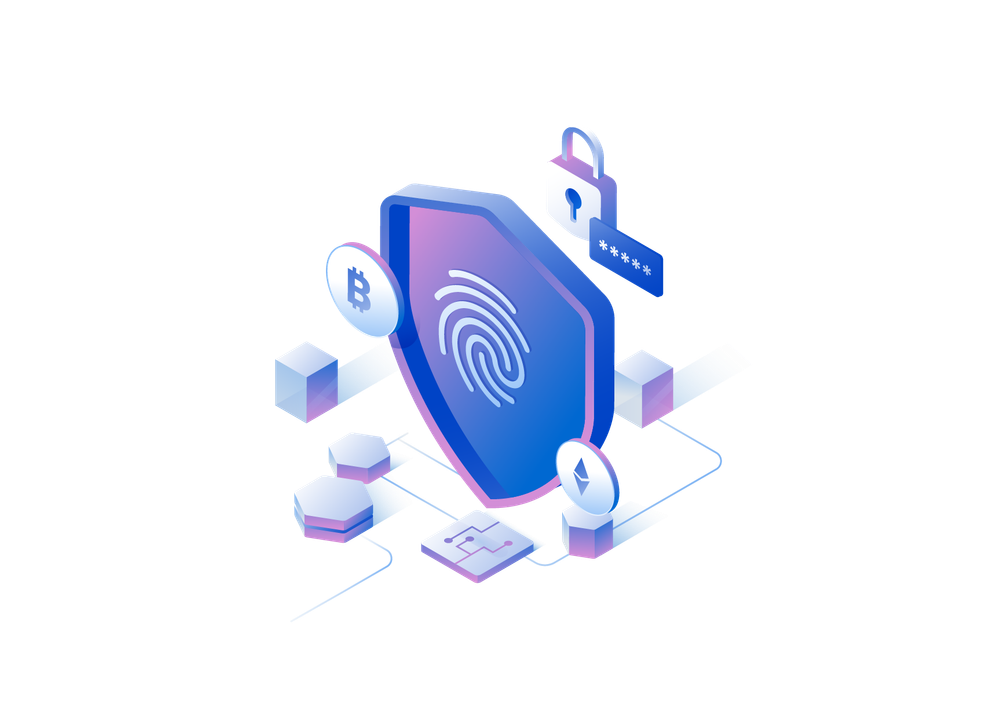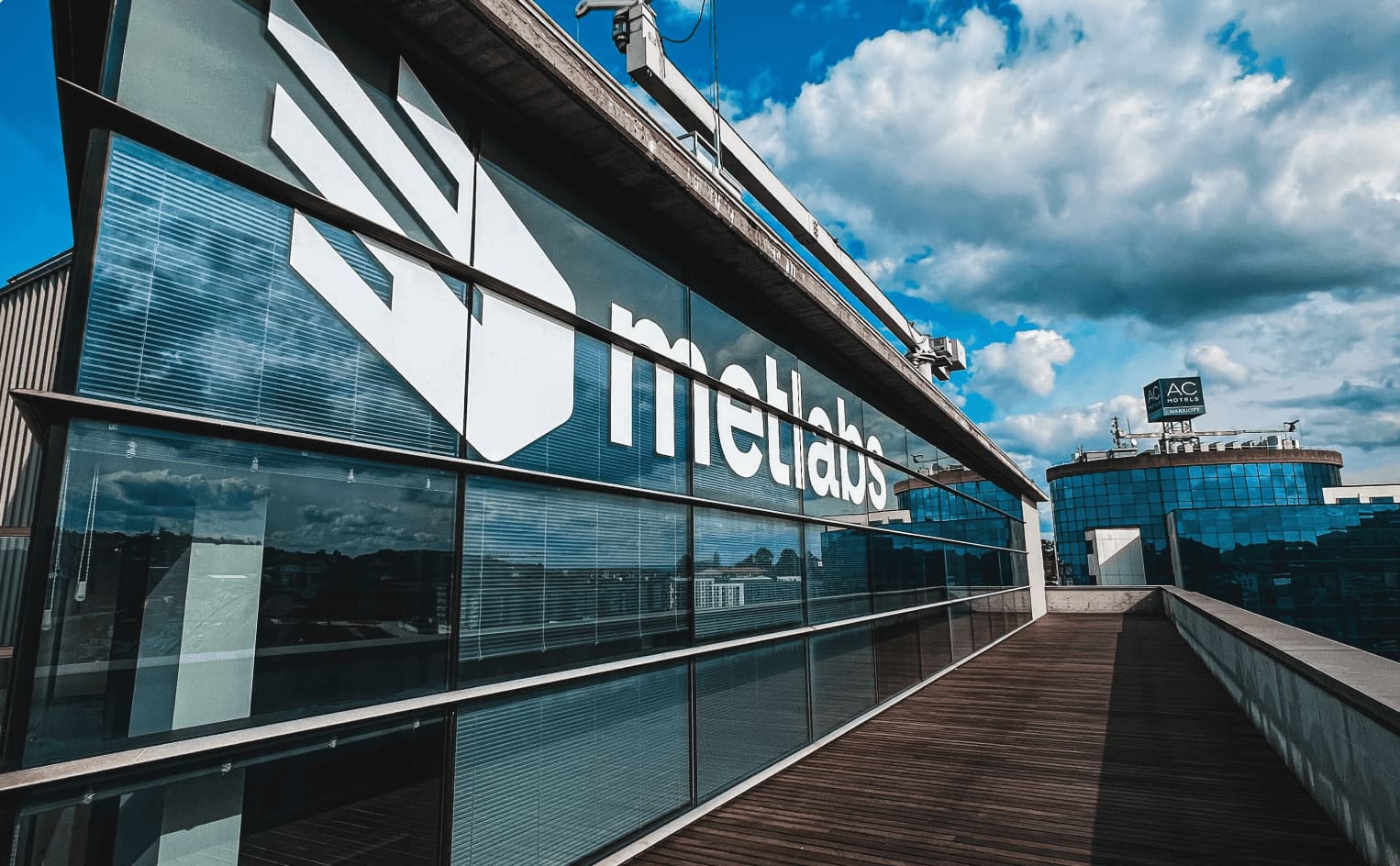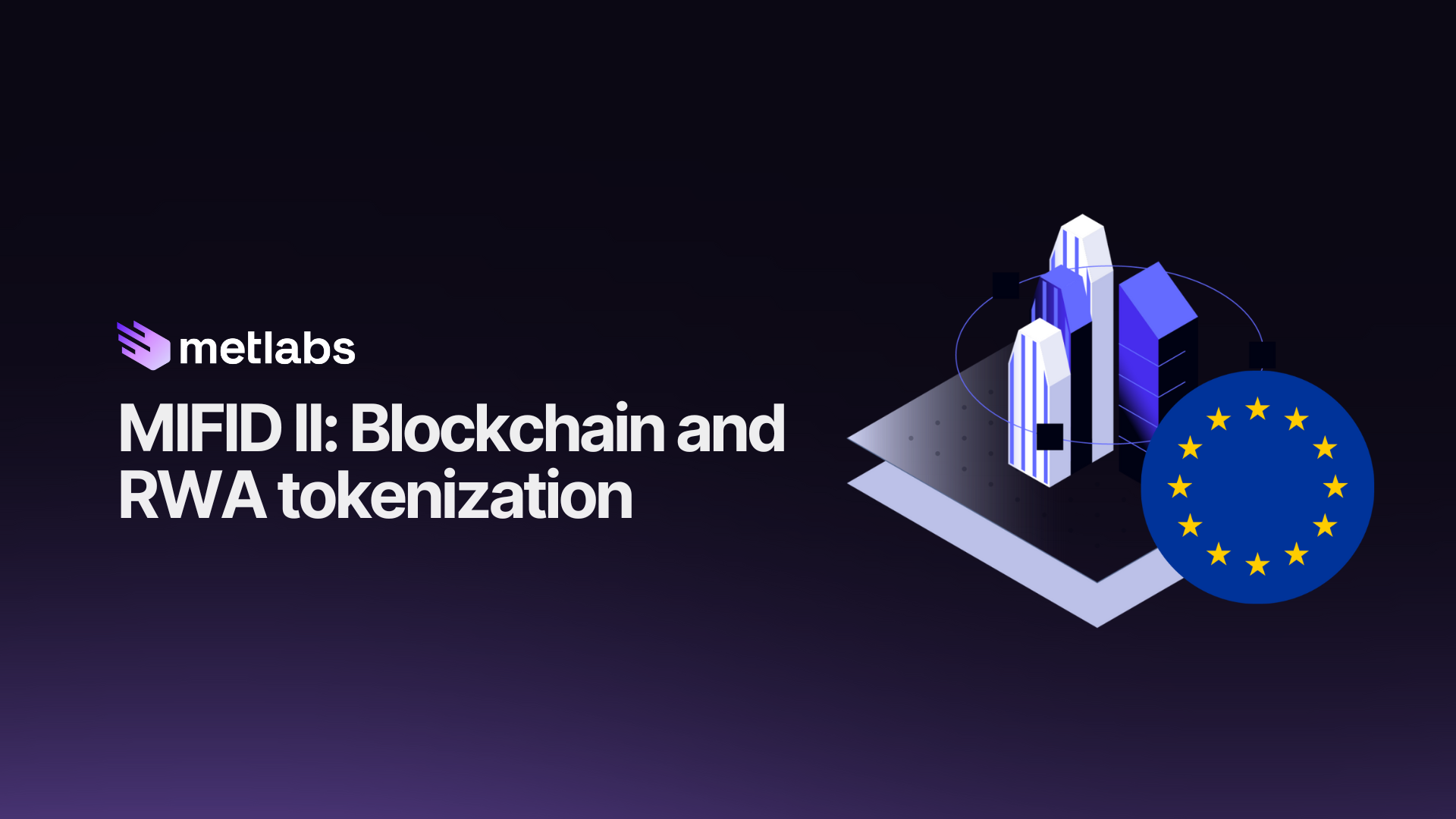The MIFID II Directive is one of the most relevant regulatory frameworks for understanding how financial assets are regulated in Europe. If you work with tokenization, blockchain or investment-oriented cryptoassets, this regulation sets the playing field.
What is MIFID II, its scope and why is it key to tokenization?
Origin and objectives of MiFID II
2014 – MIFID II was adopted by the European Union in response to the 2008 financial crisis.
2018 – Effective implementation in EU Member States after a one-year extension of the initially planned date.
Its main objective is to strengthen investor protection, increase the transparency of financial markets and reinforce supervision over investment instruments and services.
It establishes the criteria for determining when an instrument, including a blockchain-based token, should be considered a“financial instrument” subject to regulation. Only tokens that meet the “financial instrument” criteria are subject to MiFID II, while all other cryptoassets are primarily regulated under MiCA (Markets in Crypto Assets). This is key for any company working with security tokens, DLT (Distributed Ledger Technology) trading platforms or tokenized investment models.

Scope of application
The MiFID II Directive regulates the provision of investment services in the EU and directly affects projects that work with security tokens, asset tokenization or blockchain infrastructures. Its scope of application is structured along three axes:
Investment Services Companies (ESI)
MiFID II applies to Investment Services Firms issuing, trading or custodian of tokens considered financial instruments (stocks, bonds, tokenized derivatives). However, DeFi platforms without regulated intermediaries or custodians of non-financial cryptoassets are generally outside its scope, although they may be subject to MiCA (Markets in Crypto-Assets) or other regulations.
Regulated markets, Multilateral Trading Facilities (MTFs) or Organized Trading Platforms (OTFs)
MiFID II covers regulated markets, Multilateral Trading Facilities and Organized Trading Platforms, including those operating on blockchain or DLT technology, provided that they trade financial instruments according to their legal definition. The DLT Pilot Regulation (2023) introduces an experimental regulatory regime allowing certain DLT-based platforms to operate with partial exemptions, provided they meet certain conditions. This regime is temporary, until 2029, and seeks to promote technological innovation in market infrastructures, without compromising investor protection and financial stability.
Financial instruments, which tokens are regulated by MiFID II?
MiFID II applies to tokens representing financial instruments, such as shares, bonds or tokenized derivatives. These security tokens grant homogeneous economic rights (such as dividends, interest or profit sharing) and must be tradable on organized markets, regardless of whether they use blockchain or DLT technology.
Utility tokens without financial rights and stablecoins not referenced to transferable securities, which are regulated under MiCA Regulation, are outside the scope of MiFID II.
In the blockchain context, this implies that if your token meets similar criteria as a traditional stock, bond or derivative, it falls under the scope of MIFID II. This has legal implications in terms of licensing, reporting requirements, investor protection, and pre- and post-trade transparency obligations.
Impact of MIFID II on asset tokenization
Tokenization has opened the door to new models of financing and asset circulation, but when a token represents financial rights or participates in investment structures, it comes under the regulatory radar. MIFID II establishes a clear basis for determining which tokens are considered financial instruments and what obligations arise from this.
Application to tokens considered financial instruments
MIFID II does not directly mention tokens or blockchain, but it does define precisely what is meant by a financial instrument. According to ESMA guidelines, for a token to be considered a financial instrument, it must cumulatively meet:
- Not to be a payment instrument.
- Grant homogeneous economic rights (dividends, profit sharing).
- Be tradable in organized markets.
For example:
- A token granting rights to future dividends
- A token representing an equity interest in a company.
- A token backed by bonds, loans or financial derivatives.
All of them can be considered marketable securities or structured products, and therefore subject to the MIFID II framework. This implies that their issuance, marketing and custody must comply with the same requirements as traditional instruments.
Implications for Security Tokens (STOs)
Security Token Offerings (STO) are subject to MIFID II if the tokens issued are financial in nature. This implies that:
- If you are an Investment Services Firm (ESI), a trading platform (DLT MTF/OTF) or an intermediary that trades tokenized financial instruments, you must be authorized or have an authorized partner.
- KYC/AML procedures (mandatory under the 5AMLD Directive) must be applied, in addition to the investor suitability and appropriateness assessments required by MiFID II.
- Issuing and trading platforms must offer pre and post trade transparency, as well as corporate governance mechanisms, conflict of interest management and client asset protection. ESMA (European Securities and Markets Authority) guidelines recommend smart contracts with native controls.
In other words: if you issue or trade financial tokens in Europe, it is not enough to use blockchain, you need to be MIFID II compliant from design.
Transparency, investor protection and disclosure obligations
One of the pillars of MIFID II is to ensure that investors – retail and professional – have access to clear, truthful and sufficient information to make informed decisions. In the context of tokenization, this translates into:
- Whitepapers that meet regulatory standards. If the public offering exceeds EUR 8 million, or if no exemption applies, a prospectus in accordance with the Prospectus Regulation will be mandatory.
- Continuous information on prices, risks and costs, before and after each operation.
- Strict rules of conduct for intermediaries that distribute or trade tokens, with their respective suitability or appropriateness assessments.
- Audits and systems for safeguarding and segregation of client funds and assets, even if these are recorded on a blockchain, which requires specific technical solutions (e.g., multi-signature, key audits).
Furthermore, if the token meets the criteria of a financial instrument after a functional analysis of the rights it confers and its tradability, MiFID II prevails over MiCA. That said, MiFID II introduces specific rules on governance, requiring a formal suitability or appropriateness assessment to ensure that tokens are only offered to investor profiles compatible with their level of risk.
💡 Contact us and ensure that your tokenization model complies with MiFID II and European requirements for financial instruments.

MIFID II and blockchain/DLT technologies
Although MIFID II was drafted before the rise of blockchain technology, its principles are perfectly applicable to platforms operating with Distributed Ledger Technology (DLT). In fact, more and more European players are structuring solutions for issuing, trading and custody of financial assets on blockchain, and they must do so under the rules imposed by this directive.
DLT platforms under the regulatory umbrella
MIFID II does not discriminate on the basis of the technology used. If a blockchain-based platform allows issuing, trading or custody of financial instruments, it is considered a market infrastructure and must meet the same requirements as its traditional counterparts. This includes:
- Licenses as an ESI or as a regulated market, SMN or OTF.
- Risk controls, regulatory compliance and technological governance.
- Procedures that ensure market integrity and customer protection, even if the assets are represented by tokens on a public or private blockchain. This includes the obligation to segregate client assets, which requires technical solutions for institutional custody or the use of multi-signature wallets.
However, the DLT Pilot Regulation (Regulation (EU) 2022/858) allows certain DLT infrastructures (DLT MTF, DLT SS and DLT TSS) to apply for temporary exemptions (until 2029) from specific MiFID II requirements, such as trade reporting or admission of members, under strict conditions (traded value limits, enhanced supervision) and with compensatory measures.
Tokenization platforms operating in Europe, even if they use DLT technology, must adapt to this framework if they work with assets considered financial instruments.
Requirements for blockchain trading and post-trading
MIFID II imposes strict rules on how the phases of a financial instrument should be structured:
- Pre-trade: price transparency, fair and non-discriminatory access, publication of order books.
- Post-trade: registration of transactions in authorized systems (APAs), reporting to authorities under SFTR/EMIR, and retention of records for at least 5 years. This applies even if DLT solutions are used, except for specific exemptions in the Pilot Regime.
This implies that any blockchain infrastructure that allows trading financial tokens must:
- Implement auditable transparency and traceability mechanisms.
- Comply with reporting obligations to national competent authorities or ESMA, even if the nodes are distributed.
- Incorporate clearing, settlement and custody systems equivalent to the traditional ones, in on-chain or hybrid format.
Systematic internalizers and decentralized marketplaces
One of the key concepts in MiFID II is that of a systematic internalizer; an entity that trades for its own account on an organized and frequent basis outside of regulated markets. Many blockchain platforms that offer trading pairs or automatic matching could fall into this category if:
- They offer structured liquidity in financial tokens.
- They act as counterparties in multiple transactions.
- They do not simply provide infrastructure, but execute orders or manage the market.
In order to be considered a systematic internalizer under MiFID II, in addition to operating in an organized manner, certain quantitative thresholds of trading volume and frequency established by the regulations must be met.
In addition, decentralized marketplaces (DEX) operating with security tokens in the EU should analyze whether their activity makes them, de facto, an Organized Trading Facility (OTF). If so, they would be obliged to:
- Request authorization from the competent authority.
- Implement compliance, market abuse prevention and trading monitoring policies.
- Respect the governance and supervisionrules applicable to traditional markets.
Qualification as an OTF depends on whether the platform allows multilateral trading of financial instruments with active intervention in order management. If so, it must comply with the requirements of pre- and post-trade transparency, prevention of market abuse (MAR) and management of conflicts of interest typical of organized markets.
It should be noted that the application of these categories to blockchain platforms depends on a functional analysis of the activities performed, and that there are legal uncertainties, especially in the case of non-financial cryptoassets or purely decentralized DEX. In addition, the DLT Pilot Regulation allows for some temporary exemptions, but does not remove the obligation to comply with MiFID II if the systematic internalizer or OTF criteria are met.
At Metlabs we develop your tokenization platform complying with MiFID II, from the smart contract to the front-end. Contact us now to implement your business idea.

How MIFID II affects issuers and tokenization platforms
Tokenization does not exempt you from regulatory compliance. If your business model includes issuing, distributing or facilitating the exchange of tokens that fit the definition of “financial instruments”, MIFID II directly affects you. According to the functional approach promoted by ESMA and other European supervisors, a token can be considered a financial instrument if it meets three cumulative conditions: not being a payment instrument, granting homogeneous economic rights (such as dividends or profit sharing) and being tradable on organized markets.
Conditions for operating in the EU with tokens
Any actor issuing or brokering tokens considered financial instruments, such as tokenized stocks, digital bonds or units in tokenized investment vehicles, must:
- Be legally established in an EU member state or collaborate with an authorized partner. Non-financial issuers (e.g. startups) must collaborate with an authorized intermediary.
- If you are an authorized Investment Services Firm (ESI), you can operate cross-border throughout the EU by means of the European passport, once authorized in a member country.
- Follow the principles of transparency, investor protection and conflict of interest management.
In addition, if your activity includes trading, custody or advice on financial tokens, you fall within the perimeter of MIFID II and need to comply with its requirements at all stages of the token’s life cycle.
Authorization, governance and compliance requirements
Issuers and platforms must have:
- Authorization as an investment services firm or as a regulated financial institution. Blockchain-based platforms can operate under the DLT Pilot Regulation (2023), which allows them to apply for temporary exemptions from certain MiFID II requirements under strict conditions, traded value limits and enhanced supervision.
- An internal governance program that includes risk control, internal audit, money laundering prevention and conflict of interest management.
- Customer protection mechanisms, such as segregated accounts or, in the case of blockchain, specific technical solutions (e.g., multi-signature wallets or regulated institutional custody), best execution policies and complaint resolution protocols. Supervisors recommend that smart contracts integrate mechanisms that support traceability, fair execution and price manipulation risk mitigation, in line with market governance and transparency requirements.
- Monitoring and reporting systems, even adapted to blockchain-based infrastructures (on-chain + off-chain).
All this applies even if the token is issued in a decentralized network: if it offers profitability, economic rights or can be traded, it must comply with MIFID II.
Inclusion of derivatives on tokenized commodities
MIFID II extends its scope also to commodity derivatives, including those issued in token format. This includes:
- Tokenized contracts on oil, gas, gold, wheat or other physical assets, if they meet certain financial or speculative settlement conditions.
- Tokens that replicate commodity price movements through smart contracts, which can be classified as structured products or OTC derivatives if they meet the criteria of Annex I of MiFID II (e.g. financial settlement). These derivatives must also comply with the reporting and centralized clearing requirements under EMIR, even if they are executed on-chain.
In these cases, the tokens must:
- Classified as regulated derivatives, although their execution is automatic and on-chain.
- Comply with the market transparency, trading and disclosure requirements of MIFID II.
- Incorporate governance measures to prevent price manipulation and market abuse.
💡 Build with Metlabs your tokenized investment solution with an architecture adapted to MiFID II, including smart contracts, KYC/AML and standards such as ERC-3643. Contact us to create your MiFID II aligned tokenization platform.

Differences between MIFID and MiCA
In the crypto and tokenization ecosystem, it is common for doubts to arise as to whether MiFID II or MiCA applies. Both regulations are complementary, but have different scopes of application. Understanding these differences is key to structuring a legal project from design.
MIFID II vs MiCA: what each covers
MIFID II regulates traditional financial instruments and their derivatives, including those represented as tokens on blockchain. It applies to:
- Tokens that act as stocks, bonds, derivatives or structured products.
- Investment services companies, regulated markets, systematic internalizers and custodians of financial assets.
- Activities such as issuing, trading, advising or negotiating financial instruments.
MiCA (Markets in Crypto Assets), on the other hand, regulates cryptoassets that do not qualify as financial instruments. It covers:
- Utility tokens (utility tokens)
- Asset-Related Tokens (ARTs)
- E-money tokens (EMTs)
- Crypto Service Providers (CASPs)
Both regulations exclude overlaps: if a token is considered a financial instrument, MiFID II applies and not MiCA. However, there may be borderline or hybrid cases that require a detailed analysis to determine the applicable regulation, as the interpretation may vary between jurisdictions.
When does MIFID or MiCA apply?
Dividend token
✅ MiFID II
❌ MiCA
Stablecoin referenced to a basket of assets
❌ MiFID II
✅ MiCA (as ART).
Token to access a digital platform
❌ MiFID II
✅ MiCA (utility)
Tokenized bonds issued on blockchain
✅ MiFID II
❌ MiCA
Token that replicates the price of gold
✅/❌ MiFID II (if there is financial settlement or speculative purpose, it is classified as a derivative)
❌ MiCA
In many cases, the applicability of MiFID II requires a case-by-case analysis, through a regulatory classification test to be conducted with the support of legal experts.
💡 At Metlabs, we collaborate with a network of specialized law firms in more than 30 jurisdictions to ensure that the blockchain developments we design for our clients comply with regulatory frameworks from the initial phase, avoiding regulatory risks and future complications. Contact us to develop your solution.
Synergies in regulated tokenization projects
The coexistence of MIFID II and MiCA makes it possible to structure hybrid projects that combine:
- Security tokens under MIFID II, designed as fully regulated financial assets.
- Utility tokens or stablecoins under MiCA, which operate as access, payment or governance mechanisms.
This opens the door to more sophisticated business models, where tokens fulfill different functions within the same ecosystem (e.g., investment token + governance token + stablecoin).
In addition, both regulations are aligned in their principles: consumer protection, transparency, prevention of market abuse and operational soundness. At Metlabs we design tokenized platforms and architectures that can be adapted to either regulatory framework, depending on the nature of the asset and the usage model.
How can Metlabs help you?
At Metlabs we help companies around the world design, launch and scale blockchain solutions that comply with the most demanding regulatory frameworks, such as MIFID II, MiCA or the national legislation of each country.
We have an international network of more than 30 specialized legal partners, which allows us to structure robust, viable projects adapted to the legal framework in each jurisdiction. We work hand in hand with custodian entities in Europe and extend this standard to projects in Europe, UAE, LATAM, USA or Australia.
Once the legal and documentary framework has been defined, it is essential to develop the technological infrastructure on which the token will be issued and managed. This includes the UX/UI design adapted to the user, the implementation of smart contracts compatible with standards such as ERC-3643automated flows for corporate events and integrated KYC/AML verification processes. In addition, the use of an authorized custodian such as Onyze must be ensured to ensure proper safekeeping of digital assets.
At Metlabs we design customized solutions, as your business vision deserves, without templates or generic models, adapted to the profile of each client and the corresponding regulatory environment, and we accompany you throughout the process.

Frequently asked questions about MIFID II and asset tokenization (FAQs)
What is MIFID II and how does it affect blockchain projects?
MIFID II is a European directive that regulates the markets for financial instruments. It affects blockchain projects when the tokens issued or traded fulfill financial functions, such as representing stocks, bonds or derivatives. In these cases, the technology does not exempt from regulatory compliance.
What are the MIFID II requirements for a tokenization platform?
MIFID II requires the platform to be authorized, assess investor suitability, report transparently, comply with product governance rules and report to the authorities. The same standards apply as to any traditional financial institution.
What if my token is considered a financial security?
If your token is a financial security, financial instruments regulations are triggered: it may require an approved prospectus, only be traded on regulated platforms and comply with MIFID II obligations. Non-compliance may lead to legal sanctions.
What type of tokens are subject to MIFID II?
Tokens that are considered financial instruments, such as security tokens, tokenized bonds or on-chain structured products, are subject to MiFID II. This involves licensing, transparency, governance and investor protection requirements.
Can I launch an STO in Europe without complying with MIFID II?
No. If the tokens offered in an STO (Security Token Offering) qualify as financial instruments, you must comply with MIFID II. This includes legal authorization, proper documentation and compliance obligations, even if you use blockchain technology.
Does MiFID II apply to utility tokens or cryptocurrencies?
No. Utility tokens or cryptocurrencies without investment functions are not regulated by MIFID II, but by other regulations such as MiCA. The key is in the economic function of the token, not in its technology.
Are DLT platforms subject to MIFID II?
Yes, if they operate with financial tokens. A blockchain-based platform that allows issuing, trading or custody of financial instruments must comply with MIFID II like any traditional market infrastructure.
What obligations does MIFID II impose on token issuers?
MIFID II requires regulatory authorization, internal governance, information transparency and investor protection. This applies to any entity issuing financial tokens in the EU, regardless of whether it uses blockchain.
What is the difference between MIFID II and MiCA in relation to tokens?
MIFID II regulates tokens that are financial instruments (stocks, bonds, derivatives). MiCA regulates cryptoassets that do not fall into that category, such as stablecoins, utility tokens and asset-backed tokens. If your token represents an investment, MiFID II applies.
Which companies are developing MIFID II-compliant blockchain and tokenization solutions?
At Metlabs we develop blockchain solutions adapted to frameworks such as MIFID II, in collaboration with an international network of more than 30 legal partners. We design technical platforms aligned with European regulations, ensuring scalability and compliance from the start.



